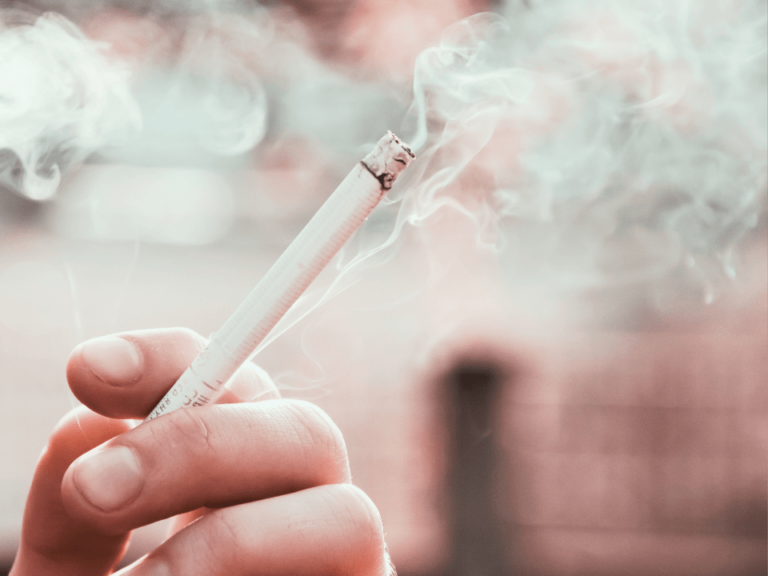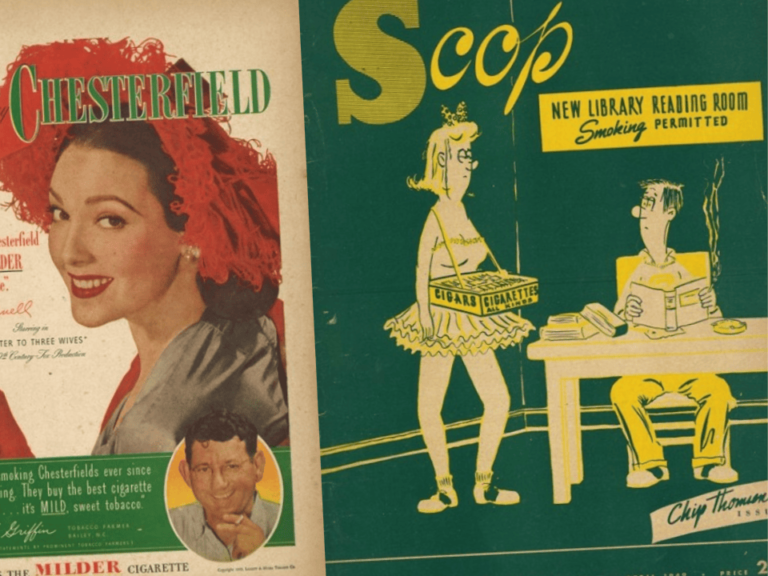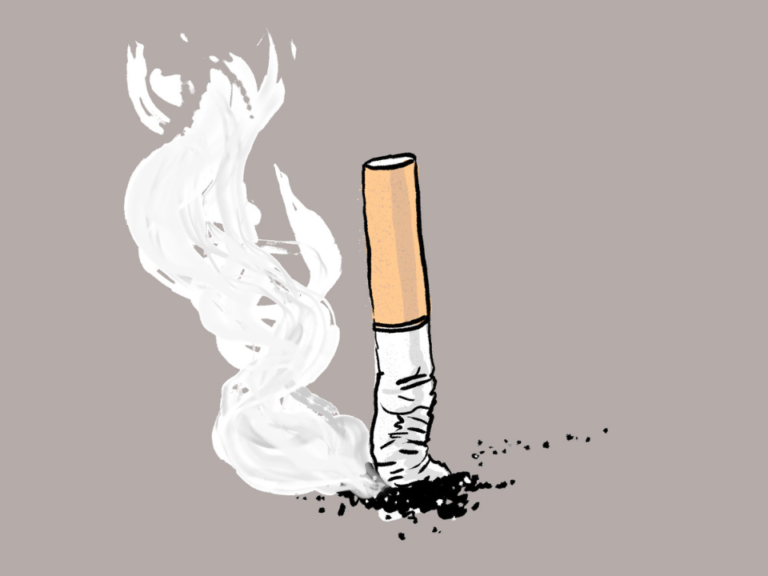Tobacco companies have capitalized on the Olympics’ widespread cultural impact since the birth of the modern Olympic Games in 1896—until the practice was stopped in 1987.
A new online exhibition by The University of Alabama Center for the Study of Tobacco and Society explores this history with archival print and film advertisements from 1910 to 1988.
As the 2024 Olympics kick off in Paris, the Cancer History Project invites you to look back on a time when Olympians hawked cigarettes.
“A veteran swimmer told me that I could smoke Lucky Strikes without affecting my wind or throat,” reads a 1928 ad attributed to Olympic swimmer Helen Wainwright that ran in Collier’s magazine. In a 1935 ad in the Saturday Evening Post, Olympic high-diving champion Harold “Dutch” Smith states, “Camels don’t get your wind.” And in a 1960 ad featured in Ebony magazine, Olympic 400 meter champion George Rhoden holds a cigarette against the backdrop of an Olympic track with the quote, “Kent is my favorite, too.”
While this year’s Olympic Games in Paris will be completely tobacco-free—all Olympics Games have been smoke-free since 1988 and tobacco-free since 2010—these archival images provide a surreal window into a century of shared history between tobacco companies and the world’s greatest athletes.
Read more on the Cancer History Project:


Smoke rings: Tobacco and the Olympics
By The Center for the Study of Tobacco and Society, July 26, 2024
The tobacco hucksters never made it into the Olympics, but that doesn’t mean they haven’t tried…
Within just a few years of the first modern Olympic Games in Athens in 1896, souvenir cards in cigarette packs were featuring Olympic athletes. Collecting and trading cigarette cards became a popular hobby among boys. By the 1910s, Olympic athletes were paid for endorsing brands of tobacco.
In 1928, when women had won their equal smoking rights, Helen Wainwright, silver medal winner in both swimming and diving at the 1920 and 1924 Summer Olympics, would appear in an advertisement for Lucky Strike cigarettes, claiming that Luckies had never affected her “wind or throat.”
In the 1930s, R.J. Reynolds Tobacco Company fielded a veritable team of men and women Olympic track and field stars, swimmers, divers, skaters, and skiers to promote Camel cigarettes on radio and in magazines and the Sunday funnies.
Other Olympians endorsed Camels well into the 1950s.
In January 1964, less than a month after Surgeon General Luther Terry released the government’s landmark report indicting cigarette smoking as the leading cause of lung cancer, the P. Lorillard Tobacco Company’s Kent and Newport cigarettes sponsored the television broadcasts of the Winter Olympic Games. In September they would also sponsor telecasts of the Summer Olympic Games.
In 1980, the U.S. Winter Olympics Team training facility in Lake Placid, New York, was sponsored by the United States Tobacco Company, maker of SKOAL and Copenhagen spitting tobacco; this sponsorship continued through the 1984 Winter Olympics.
But in 1987, a campaign to ban smoking and tobacco advertising at the Olympic games, led by physician John Read, father of Canadian Olympic skier Ken Read, led to the Calgary Winter Olympic Games becoming the first smoke-free Olympics. Since then, every Summer and Winter Olympic Games has adopted a smoke-free policy—and a completely tobacco-free policy since 2010.








Series: Champion Athletes
MECCA Cigarettes
New York
1910








This column features the latest posts to the Cancer History Project by our growing list of contributors.
The Cancer History Project is a free, web-based, collaborative resource intended to mark the 50th anniversary of the National Cancer Act and designed to continue in perpetuity. The objective is to assemble a robust collection of historical documents and make them freely available.
Access to the Cancer History Project is open to the public at CancerHistoryProject.com. You can also follow us on Twitter at @CancerHistProj, or follow our podcast.
Is your institution a contributor to the Cancer History Project? Eligible institutions include cancer centers, advocacy groups, professional societies, pharmaceutical companies, and key organizations in oncology.
To apply to become a contributor, please contact admin@cancerhistoryproject.com.









